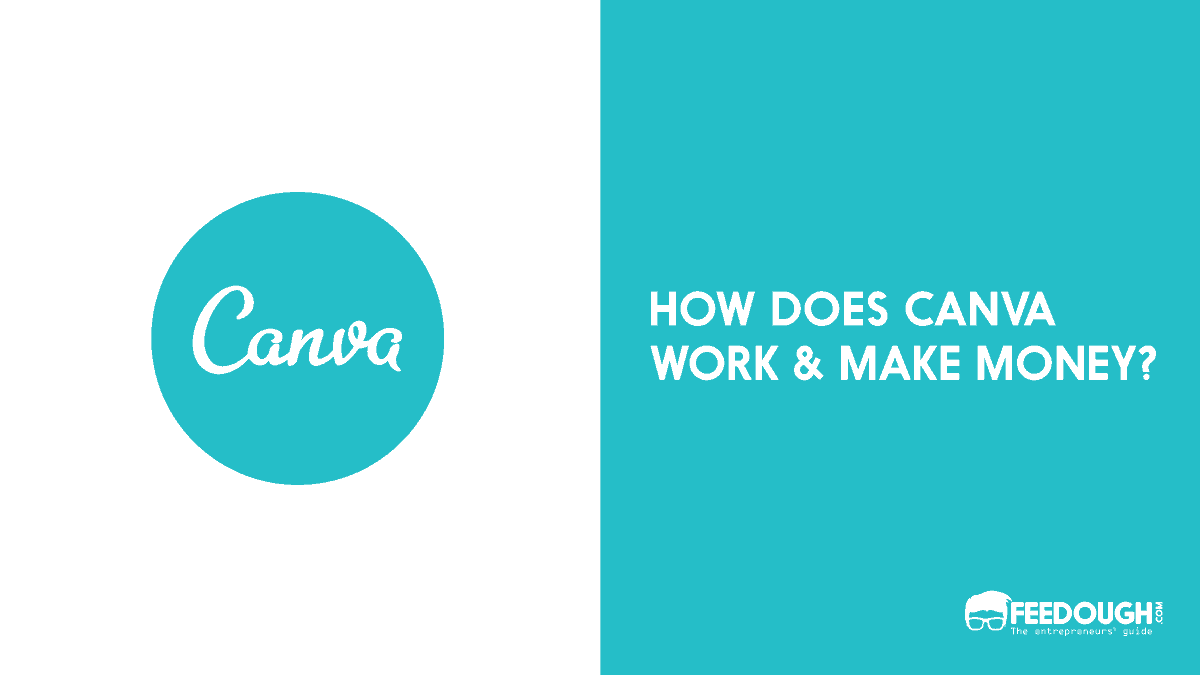While graphic design software sales are exploding toward a projected $17.70 billion by 2032, the World Economic Forum just ranked graphic design as one of the fastest-declining occupations heading into 2030.
So, if design tools are selling like hotcakes, why are design jobs supposedly vanishing?
This isn’t just another “AI is coming for your job” story. The data tells a much more nuanced story about what’s actually happening in the design world. Let’s get into what these seemingly contradictory trends really mean for designers, businesses, and anyone trying to figure out where the graphic design industry is headed.
Market Growth vs. Job Decline
Here’s where things get interesting. The graphic design software market is set to nearly double from $9.62 billion in 2025 to $17.70 billion by 2032. That’s serious growth. Yet the World Economic Forum’s latest jobs report lists graphic design as the 11th fastest-declining occupation by 2030.
Here’s the thing: these trends aren’t actually contradictory. They’re showing us a structural shift in how design work happens.
Think about it this way: more people than ever are doing design work, just not necessarily as full-time graphic designers. Small business owners are creating their own Instagram posts. Marketing teams are handling basic design tasks in-house. Freelancers are picking up work that used to go to design agencies.
What’s happening is a consolidation and segmentation of design roles. The bread-and-butter graphic design jobs, like brochures, basic logos, and simple social media graphics, are getting absorbed by AI tools and template-based solutions. Meanwhile, specialised design roles requiring strategic thinking and complex problem-solving are actually growing.
Plus, there’s the outsourcing factor. Companies are increasingly turning to freelance platforms and international talent pools instead of hiring full-time designers. The work isn’t disappearing, it’s just being redistributed in ways that traditional job statistics might not fully capture.
What AI Actually Does in Graphic Design Today
Here’s what you’ll notice if you peek behind the curtain at any modern design agency – AI is everywhere, but not where you might expect.
Tasks AI Handles Effectively
AI thrives on the repetitive stuff that used to eat up hours of a designer’s day. For example, template generation for social media posts, background removal that once required careful masking, and colour palette suggestions based on trending combinations.
The tool really shines when producing bulk assets. Need 50 banner variations for different product categories? AI can pump those out faster than you can grab your morning coffee. It’s particularly good at layout suggestions – analysing thousands of high-performing designs to suggest grid systems and element placement.
According to recent industry data, 48% of companies are now using GenAI for creative content generation. What’s more telling? 85% of business leaders expect to use AI for low-value design tasks by the end of 2025.
But here’s the thing – this is mostly grunt work. The kind of tasks that junior designers used to handle, not the strategic thinking that defines great design.
Where AI Falls Short
You start to see AI’s limitations the moment you need strategic thinking. It can create a logo, but it can’t tell you why that logo should represent your brand’s values or how it’ll resonate with your target market.
The emotional resonance just isn’t there. AI might generate something that looks polished, but it often feels hollow. As one designer put it in recent feedback: “AI-generated designs start to feel bland and restrictive over time.”
Brand identity work remains stubbornly human. AI doesn’t understand cultural nuance, can’t read between the lines of client feedback, and certainly can’t navigate the complex psychology of user experience strategy. It recognises patterns well enough, but innovation requires breaking those patterns – something AI struggles with.
What you’re seeing is AI as a powerful assistant, not a replacement. It handles the mechanical parts while humans focus on the meaning behind the work.
Employment Data: What’s Changing and What’s Not
Here’s where things get messier than you initially thought. The employment numbers tell two completely different stories depending on where you look.
The Decline Story
The Bureau of Labor Statistics projects just 2% growth for graphic designers from 2024-2034. That’s well below the average for all occupations.
Even more striking? The World Economic Forum’s Future of Jobs 2025 report lists graphic design as the fastest-declining role globally. You’re looking at a field that had 135,355 registered design businesses in the US as of 2023, but the overall trajectory points downward.
But here’s what surprised you. Some sectors are actually hiring more designers, not fewer. IT companies increased design hiring by 30%. E-commerce businesses? Up 25%. Advertising and media companies expanded their design teams by 20%.
So the decline isn’t universal. It’s selective.
The Growth Story
That selectivity becomes clearer when you flip the script. UI/UX design landed in the top 10 fastest-growing roles according to the same WEF report.
Despite slow overall growth, the BLS still projects about 21,100 annual openings for graphic designers. Most of these come from people leaving the field rather than new positions, but opportunities exist.
Freelance and contract work is increasingly available in specialised domains. Plus, geography matters more than you might expect. According to industry data, Asia-Pacific holds 35% of global design market share, creating different employment dynamics than what US statistics show.
The thing is, these aren’t contradictory trends. They’re pointing to the same structural shift we mentioned earlier.
Real-World Designer Perspectives: What Professionals Are Actually Saying
Walk into any design forum or freelance community right now, and you’ll find heated debates that sound nothing like the clean predictions tech articles love to make. Real designers are wrestling with something messier and more human than simple replacement fears.
The Cautious Optimists
Browse through Reddit’s design communities or forums, and you’ll spot a growing group of designers who’ve made peace with AI. “AI is changing the design field, but it won’t replace creativity and problem-solving,” one freelancer posted recently. Another chimed in: “The real question isn’t replacement, it’s whether you adapt.”
These designers aren’t just talking theory. They’re using AI for mockups, generating bulk variations, and speeding through exploration phases that used to eat up billable hours. What’s interesting is how they describe their work shifting—less time on repetitive tasks, more focus on strategy and custom solutions that require genuine human insight.
The thing is, they’re not pretending it’s all sunshine. Most admit the transition feels uncomfortable at first.
The Concerned Voices
Then there’s the other side of the conversation, designers who see their livelihoods under direct threat. Entry-level and mid-level professionals are watching clients discover they can generate logos and basic layouts themselves.
Freelance platforms buzz with concerns about rate pressure. When potential clients have access to AI tools, many expect lower prices or question why they need a designer at all. Some community members have shared stories about explicitly leaving the field because the competition feels unsustainable.
You can feel the genuine anxiety in these discussions. These aren’t abstract fears—they’re people watching their industry transform faster than they can keep up.
The Consensus Finding
Here’s what’s fascinating though. Despite the tension between optimists and worried voices, most designer communities are landing on a similar conclusion: AI won’t replace designers, but it will replace designers who don’t adapt.
According to Netguru’s AI adoption research, 78% of organisations now use AI tools—which means the adaptation window is closing fast. The designers who seem most confident aren’t necessarily the most technically skilled. They’re the ones carving out specialisations, focusing on strategic thinking, and building hybrid workflows that combine human creativity with AI efficiency.
What you hear across forums is less about resistance and more about evolution. The question isn’t whether AI will change design—it already has. The question is what kind of designer you choose to become.
Different Outcomes for Different Design Types
Here’s what you need to understand: AI isn’t coming for all design work equally. The impact varies dramatically depending on what type of design you do.
Think of it like a spectrum. On one end, you’ve got work that’s getting squeezed hard. On the other, there’s work that’s actually expanding. Most designers fall somewhere in the middle, where the job itself is transforming.
High Displacement Risk
Let’s be honest about the work that’s genuinely at risk. We’re talking about commoditised design – those templated social media graphics, basic logo variations, stock visual work, and simple banner ads.
This is primarily entry-level and lower-price-point freelance work. You know, the $25 logo requests and the “make it pop” social media posts. AI excels at this repetitive, template-based work because there’s a clear pattern to follow and limited creative judgment required.
If this describes most of your current work, you’re feeling the pressure already.
Transformation (Not Replacement)
Here’s where it gets interesting. Mid-range professional work – packaging design, illustration, UX/UI, branding identity – isn’t disappearing. It’s shifting.
These roles are moving from “pure execution” to “AI-assisted strategy.” You become the director and refiner rather than the producer. Instead of spending hours creating variations, you spend time evaluating AI-generated options and steering the creative direction.
What this means for you: workflow acceleration rather than job loss. You’ll produce more work faster, but the human element becomes even more critical for quality control and strategic thinking.
Growing Demand
Actually, some design work is expanding because of AI. High-strategic work like brand strategy, user experience research, design leadership, and creative direction are seeing increased demand.
Plus, specialised domains – medical design, environmental design, complex data visualisation – remain largely human territory. AI tools become accelerators for exploration and prototyping, but human judgment stays essential for navigating complex requirements and stakeholder needs.
The thing is, as AI handles more routine work, companies are investing more in strategic design thinking. Someone still needs to decide what problems to solve and how to solve them meaningfully.
Market Data That Contradicts the ‘Total Replacement’ Narrative
Here’s where the numbers start telling a different story than the panic headlines suggest.
The global design market sits between $55-159 billion in 2025, depending on how you define the scope. That’s not shrinking money – that’s serious economic activity that needs human creativity to function.
What this tells us is pretty clear. Remember that graphic design software market we mentioned earlier? It’s doubling to $17.70 billion by 2032. You don’t see that kind of investment in a dying industry. Companies are betting big on tools that enhance what designers do, not replace them entirely.
The thing that stands out from hiring data is how specific sectors are actually expanding their design teams. IT companies increased design hiring by 30%, e-commerce by 25%, and advertising agencies by 20%. These aren’t companies cutting creative roles – they’re adding them.
Even more telling? That $33.90 billion in GenAI investment reflects tool proliferation, not designer elimination. Someone has to guide these AI systems, check their output, and make sure the final product actually connects with real humans. You can’t just hit “generate” and call it a day.
Companies are learning this lesson the hard way. Early experiments with AI-only design often produced technically correct but creatively hollow work. That’s driving a re-investment in human creative roles – people who can use AI as a powerful assistant while bringing the strategic thinking and cultural understanding that algorithms can’t replicate.
What Separates Designers Who Thrive From Those at Risk
Here’s something you might not want to hear but need to know: not all designers will weather this AI wave equally. The difference between thriving and struggling isn’t about talent or years of experience. It’s about positioning.
Let’s be honest about what puts designers at risk versus what makes them irreplaceable.
Risk Factors
You’re in the danger zone if you’ve built your career around being the person who executes what others conceptualise. Think about it – if your main value is making logos prettier or adjusting layouts based on client feedback, that’s exactly what AI excels at now.
The biggest risk factor? Competing purely on price. When you position yourself as the cheapest option for basic design work, you’re competing directly with AI tools that cost $20 per month. You can’t win that race.
You’re also vulnerable if you work exclusively in templated categories. Business cards, basic flyers, simple social media graphics – these follow predictable patterns that AI has already mastered. Plus, if you’re resistant to learning new tools while freelancers in other countries embrace them, you’re fighting a losing battle.
The thing is, narrow specialisation in production-only tasks makes you replaceable. Without a broader context about business goals or user needs, you become just another pair of hands.
Resilience Factors
Thriving designers think like business partners, not order-takers. They ask why before they ask how. When a client requests a redesign, resilient designers dig into the business problem first. They understand that design isn’t decoration – it’s strategy made visual.
What really sets them apart? Deep specialisation in complex domains. Healthcare designers who understand regulatory requirements. Fintech designers who grasp user psychology around money. These aren’t skills you develop overnight, and AI can’t replicate that contextual expertise yet.
Here’s what’s actually working: hybrid roles. Designers who also write copy, conduct user research, or develop brand strategy. You become harder to replace when you solve multiple problems.
The smartest designers are embracing AI as a productivity multiplier. They use it for initial concepts, then apply their expertise to refine and contextualise. Some are even developing new skills like AI prompt engineering for design, turning them into the bridge between human creativity and AI capability.
Direct client relationships matter more than ever. When clients see you as a consultant rather than a vendor, you become indispensable.
The Honest Answer: What Will Actually Happen by 2030
Here’s the straight answer: No, AI will not replace graphic designers.
But that doesn’t mean you can breathe easy and ignore what’s happening around you.
The evidence we’ve walked through paints a clear picture. Yes, AI is genuinely disrupting commoditised design work. Those $50 logo orders and basic social media templates? They’re moving to automated platforms. You’ve already seen this shift happening.
But here’s what the doomsday predictions miss: the design profession isn’t shrinking. It’s segmenting.
By 2030, you’ll see a clearer divide. Designers who remain will be strategic creatives – the ones solving complex brand challenges, leading creative direction, and translating business goals into visual experiences. The production workers who’ve been doing repetitive tasks? Many of those roles will indeed transform or disappear.
What’s actually happening is tool evolution, not job elimination. Just like Photoshop didn’t kill photographers but changed how they work, AI is reshaping design workflows. You’ll be using AI-augmented tools that handle the grunt work while you focus on strategy and creative thinking.
The market data backs this up. Companies are investing more in design talent, not less. They’re just being pickier about what skills they value.
So what does this mean for you? The displacement concerns are real for some segments of the field. If you’re primarily executing other people’s creative directions or handling routine design tasks, adaptation isn’t optional – it’s urgent.
But if you’re developing strategic thinking, understanding business context, and building relationships with stakeholders, you’re positioning yourself for the design profession’s future. That future looks different from today, but it’s still very much there.
The question isn’t whether AI will replace you. It’s whether you’ll adapt faster than the tools evolve.
A startup consultant, digital marketer, traveller, and philomath. Aashish has worked with over 20 startups and successfully helped them ideate, raise money, and succeed. When not working, he can be found hiking, camping, and stargazing.
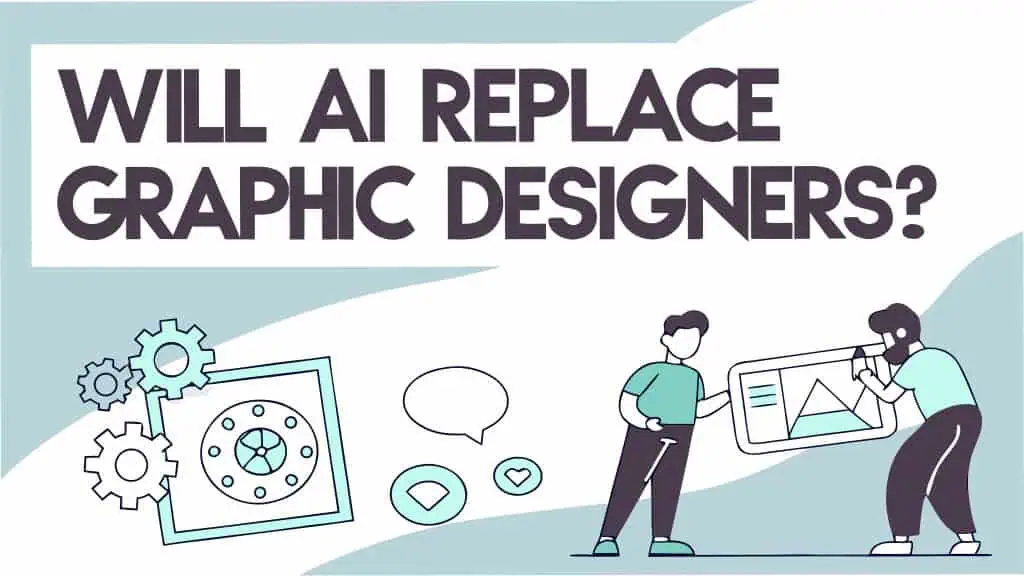
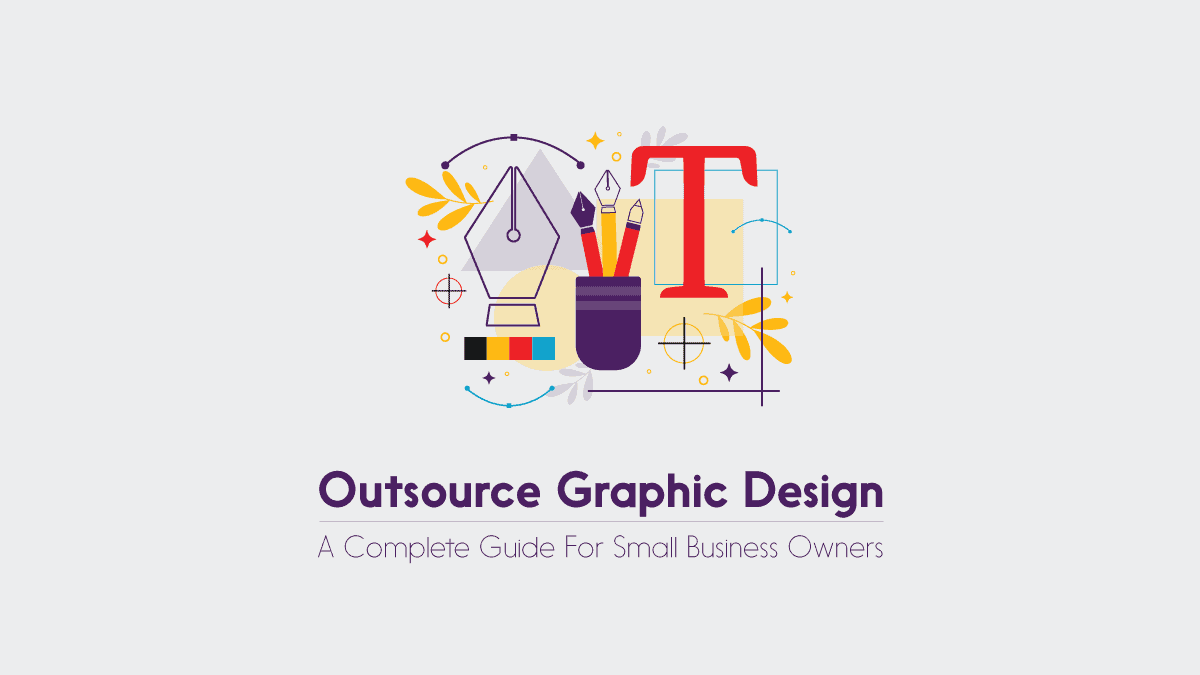


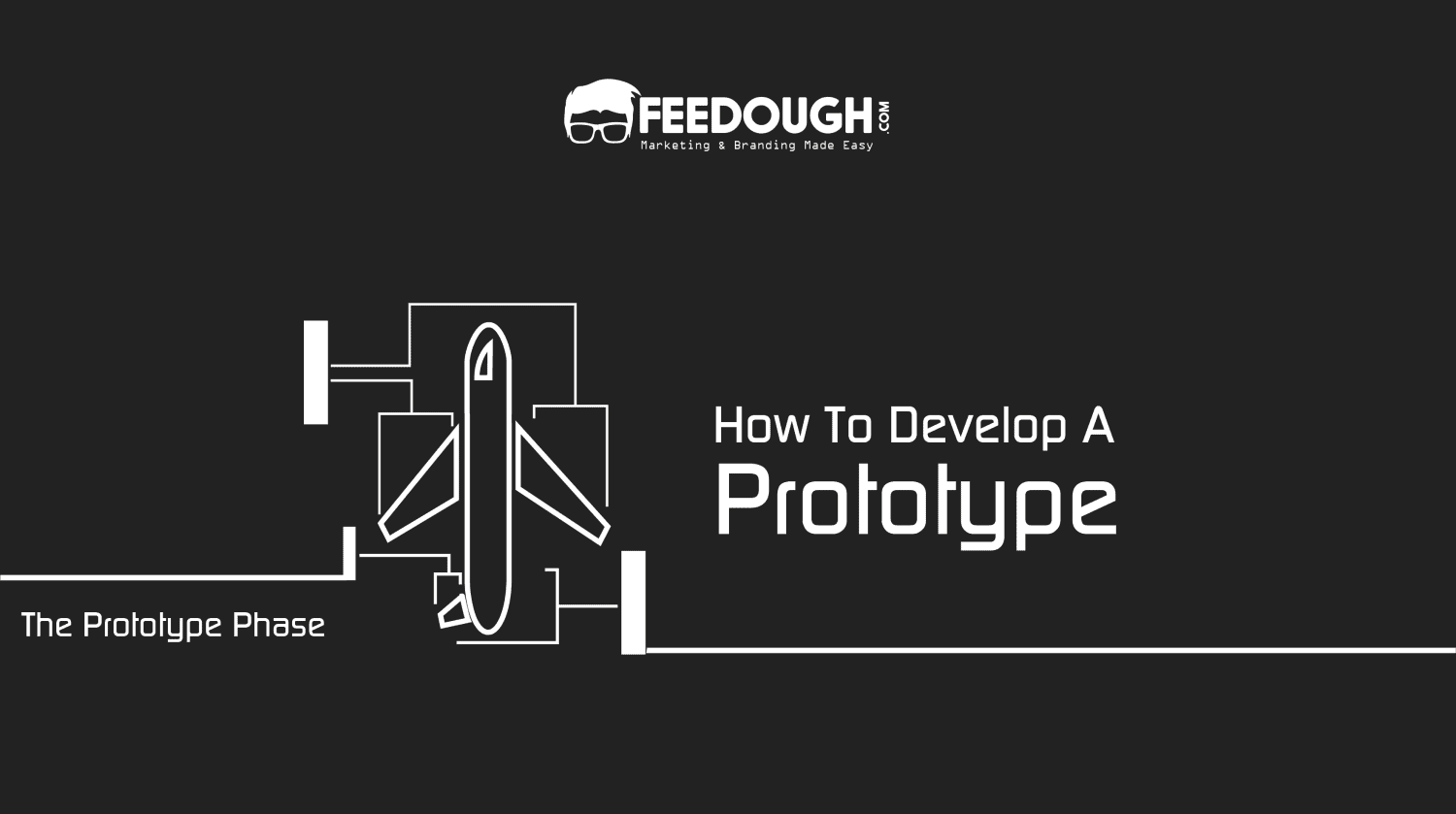
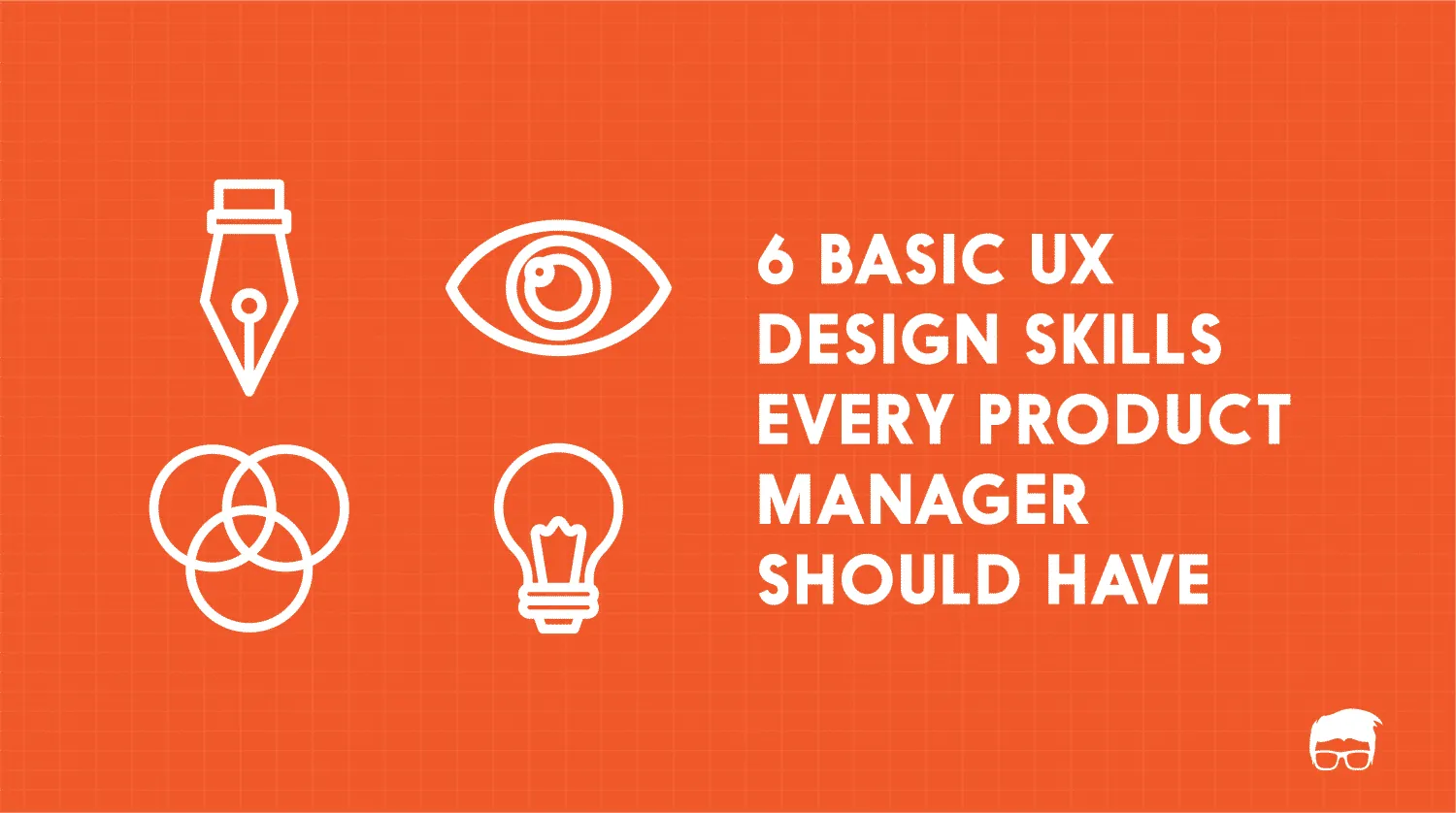

![Graphic Design Prompt Generator [Free & AI Powered] Free AI Graphic Design Prompt Generator](https://www.feedough.com/wp-content/uploads/2025/02/Copy-of-Cover-images-6-150x150.webp)
